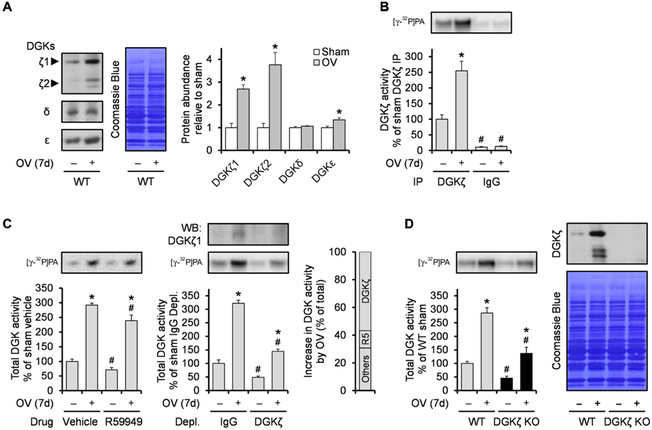Fig. 1. DGKζ is predominantly increased among DGK isoforms during mechanical overload.
WT and DGKζ KO mice were subjected to mechanical overload (OV+) or sham (OV−) surgery and the plantaris muscles (n) were collected at 7 days (7d) after surgery. (A to C) WT muscles were subjected to Western blotting (WB) to detect the indicated proteins (n = 4 from three mice per group) (A) or to DGK activity assay after immunoprecipitation (IP) of DGKζ (n = 3 to 4 from three mice per group) (B), in vitro treatment of R59949 (R5), or immunodepletion (Depl.) of DGKζ (n = 3 to 4 from three mice per group) (C). (D) WT and DGKζ KO muscles were subjected to Western blotting to detect DGKζ protein (right) or to DGK activity assay (left) (n = 4 to 6 from three mice per group). Values were expressed as means + SEM. *P < 0.05 compared to sham within the same immunoprecipitation (B), drug (C), immunodepletion (C), or genotype (D); #P < 0.05 compared to DGKζ (B), vehicle (C), IgG (C), or WT (D), within the same surgery, Student’s t test (A) or two-way analysis of variance (ANOVA) (B to D).

